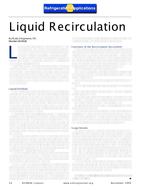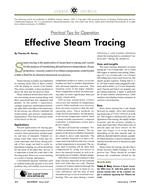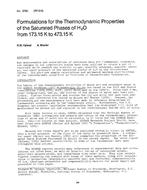Within two years after commissioning, the energy use for heating and operation of new buildings in Sweden should be verifiedby measurements. These have to be corrected for energy usage deviating from what has been defined as normal during the buildingdesign, e.g., excessive venting and hot-water use. This is practically difficult because the transmission losses of the building inuse cannot be verified due to lack of a standard practical method for their evaluation. Designers and producers of low-energyhouses would benefit from such a method, as the design of well-insulated envelopes is an essential quality of these buildings. Arecently reintroduced method, the so-called co-heating test, could be used for the verification of the overall thermal transmittanceof buildings. To test the applicability of the co-heating test in situ, measurements were performed on two test objects: a two-yearoldlow-energy house and a new summer cottage. During the measurements, the latter was placed in a laboratory environmentwith a stable climate. Airtightness was measured on both houses. The overall average heat transfer coefficients were obtainedand compared to theoretical values. This paper describes how the co-heating test has been modified to be used in in-situ conditions.Findings from both the measurements and following analyses are presented. The results obtained indicate that there is a clearpotential for further simplifications of the co-heating test in the future.
Citation: Thermal Performance of Exterior Envelopes of Whole Buildings XIII, Conference Papers
Product Details
- Published:
- 2016
- Number of Pages:
- 11
- Units of Measure:
- Dual
- File Size:
- 1 file , 2.1 MB
- Product Code(s):
- D-BldgConf16-58


